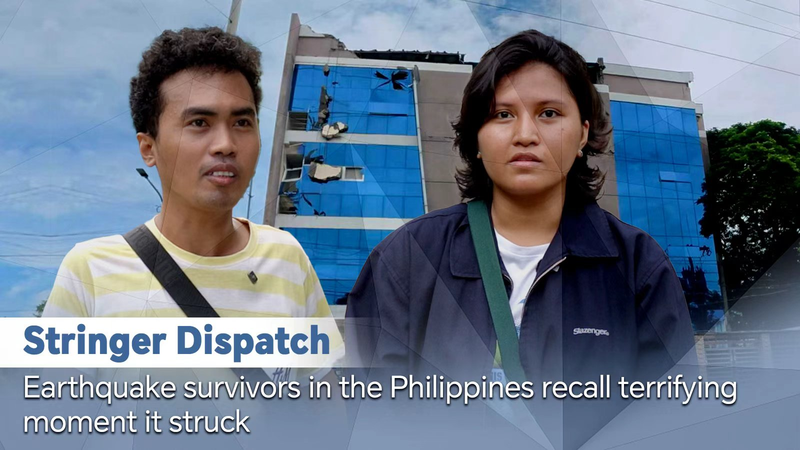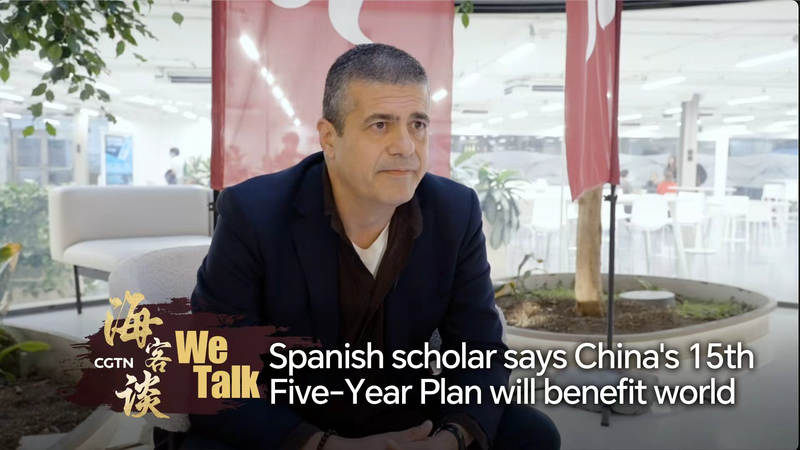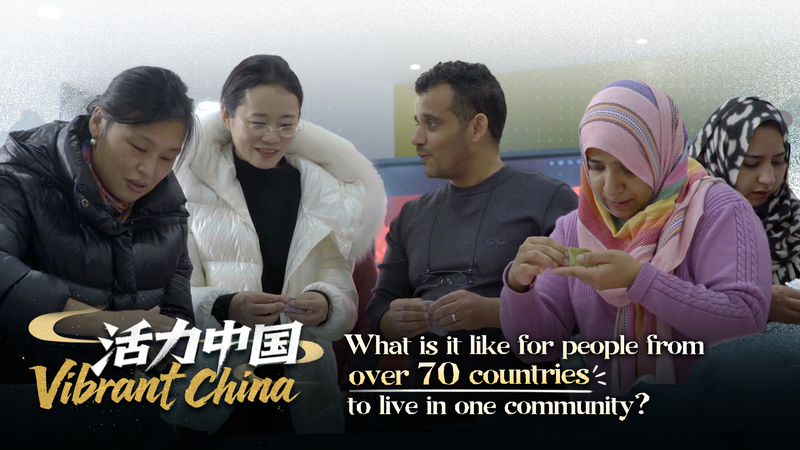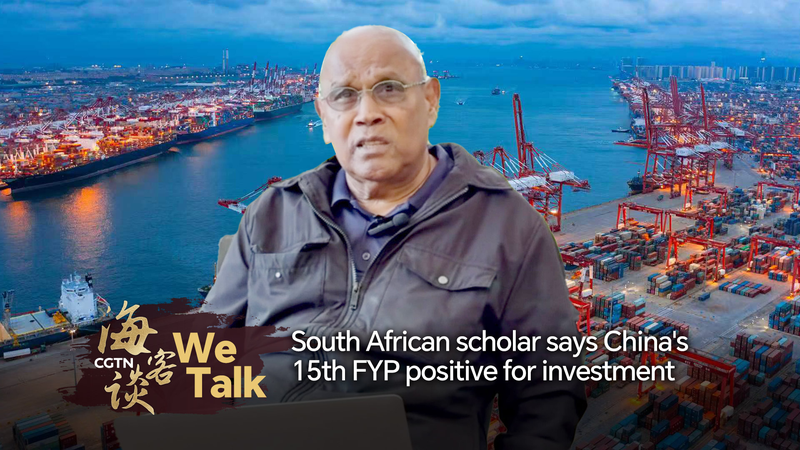Woke up to a sudden jolt? That's exactly what thousands of residents in the central Philippines felt on Tuesday when a 6.9-magnitude earthquake rattled their homes around 3 AM 🌙💥. According to the latest update from the National Disaster Risk Reduction and Management Council, the death toll now stands at 68 (down from an initial 72), and injuries have climbed to 559.
We spoke with Christian, one of the survivors, who described the chaotic moments: "There were aftershocks felt everywhere. Our house is slightly damaged, with cracks on our walls." 😰 Even as buildings creaked and lights flickered, communities banded together–neighbors checking on each other, local volunteers helping clear debris, and makeshift shelters popping up in school gyms and barangay halls.
Aftershocks continued throughout the day, keeping everyone on edge. Experts say aftershocks are smaller tremors that follow the main quake as the earth readjusts–think of it as the planet's way of catching its breath. While usually less intense, they can still cause damage to already weakened structures.
As rescue teams and medics work around the clock, here's how you can help:
- Stay updated via official channels like the National Disaster Risk Reduction and Management Council.
- Keep an emergency kit ready: water, snacks, a flashlight, and a basic first-aid kit. 🏥
- Check on friends and family–both near and far–to make sure they're safe.
This quake is a stark reminder to review our disaster plans and stay prepared. Whether you're in Manila, Jakarta, or Kuala Lumpur, let's learn from each other's experiences and build more resilient communities. 💪🌍
Reference(s):
Earthquake survivors in Philippines recall terrifying moment it struck
cgtn.com




